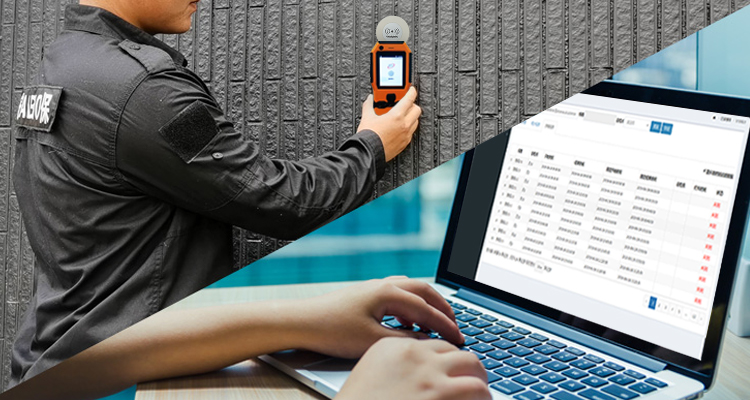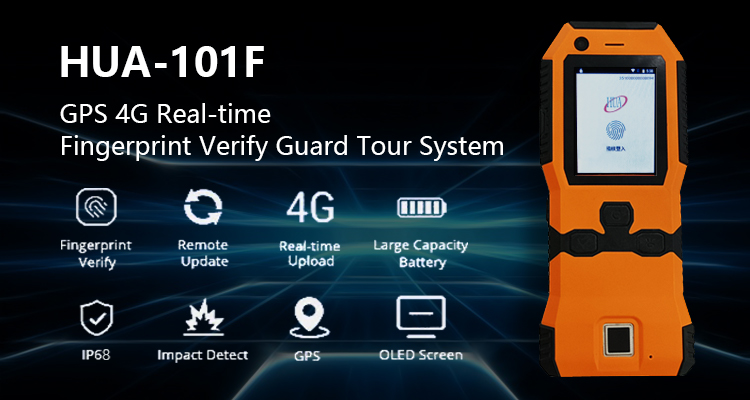

The airport access control system often employs multi-factor authentication (MFA) to prevent unauthorized entry. This requires users to provide two or more forms of identification, such as a biometric scan (e.g., fingerprint or facial recognition) and a security access card. For example, Singapore's Changi Airport uses MFA to restrict access to sensitive areas such as baggage handling and aircraft maintenance.
MFA significantly reduces the risk of credential theft or misuse. A case study at London Heathrow Airport showed that after implementing MFA in its airport access control system, the number of unauthorized access attempts dropped by 70%. In addition, MFA can be customized based on the level of security required. For example, access to the tarmac may require a biometric scan, while access to the employee lounge may only require a security card. This flexibility ensures that security measures are both strong and effective.
Real-time monitoring is the cornerstone of modern airport access control systems. These systems use sensors, cameras, and AI algorithms to detect and respond to suspicious activity instantly. For example, if an unauthorized individual attempts to follow an authorized person through a security gate, the system can trigger an alarm and notify security personnel within seconds.
At Los Angeles International Airport (LAX), real-time monitoring significantly prevents security breaches. The airport's access control system is integrated with a centralized command centre, where security teams can view live footage and access logs. In 2022, the system helped intercept a smuggler who attempted to bypass security checks using a stolen access card. Real-time monitoring ensures that high-traffic airports can respond quickly to potential threats by providing instant alerts and actionable data.

Biometrics have revolutionized airport access control systems, providing a seamless and secure way to authenticate identity. Facial recognition, iris scanning, and fingerprint authentication are increasingly being used to streamline access for passengers and staff. For example, Delta Airlines implemented facial recognition at Atlanta Airport, allowing passengers to pass security checkpoints in 10 seconds.
Biometrics can also enhance security by eliminating the risk of lost or stolen access cards. A case study at Tokyo Narita Airport showed a 50% reduction in security incidents after introducing a biometric airport access control system. In addition, biometric data is encrypted and securely stored, ensuring compliance with privacy regulations such as GDPR.
Artificial intelligence (AI) and machine learning are increasingly crucial in airport access control systems. These technologies analyze large amounts of data to identify patterns and predict potential security threats. For example, AI can detect unusual behaviour, such as someone lingering near a restricted area or attempting to use an expired access card. At Dubai International Airport, an AI-driven access control system reduced false alarms by 40%, allowing security teams to focus on real threats. Machine learning algorithms also improve, adapting to new risks and increasing system accuracy. By incorporating AI, airports can stay ahead of evolving security challenges.

While technology is critical, physical barriers remain essential to airport access control systems. Turnstiles, pedestrian walkways, and security gates control people's flow and prevent unauthorized entry. Redundancy measures, such as backup power and fail-safe locks, ensure that airport access control systems remain operational during emergencies. A New York's JFK Airport case study demonstrated the importance of redundancy during a power outage. The airport's backup system maintained security protocols and prevented any breaches during the incident. By combining physical barriers with redundancy measures, airports can ensure uninterrupted security.
Airport access control systems are essential to prevent unauthorized entry into heavily trafficked airports. By combining multi-factor authentication, real-time monitoring, biometrics, and AI, these systems provide strong security without compromising efficiency. As airports grow and evolve, investing in advanced access control systems remains critical to ensuring safety, compliance, and operational excellence.